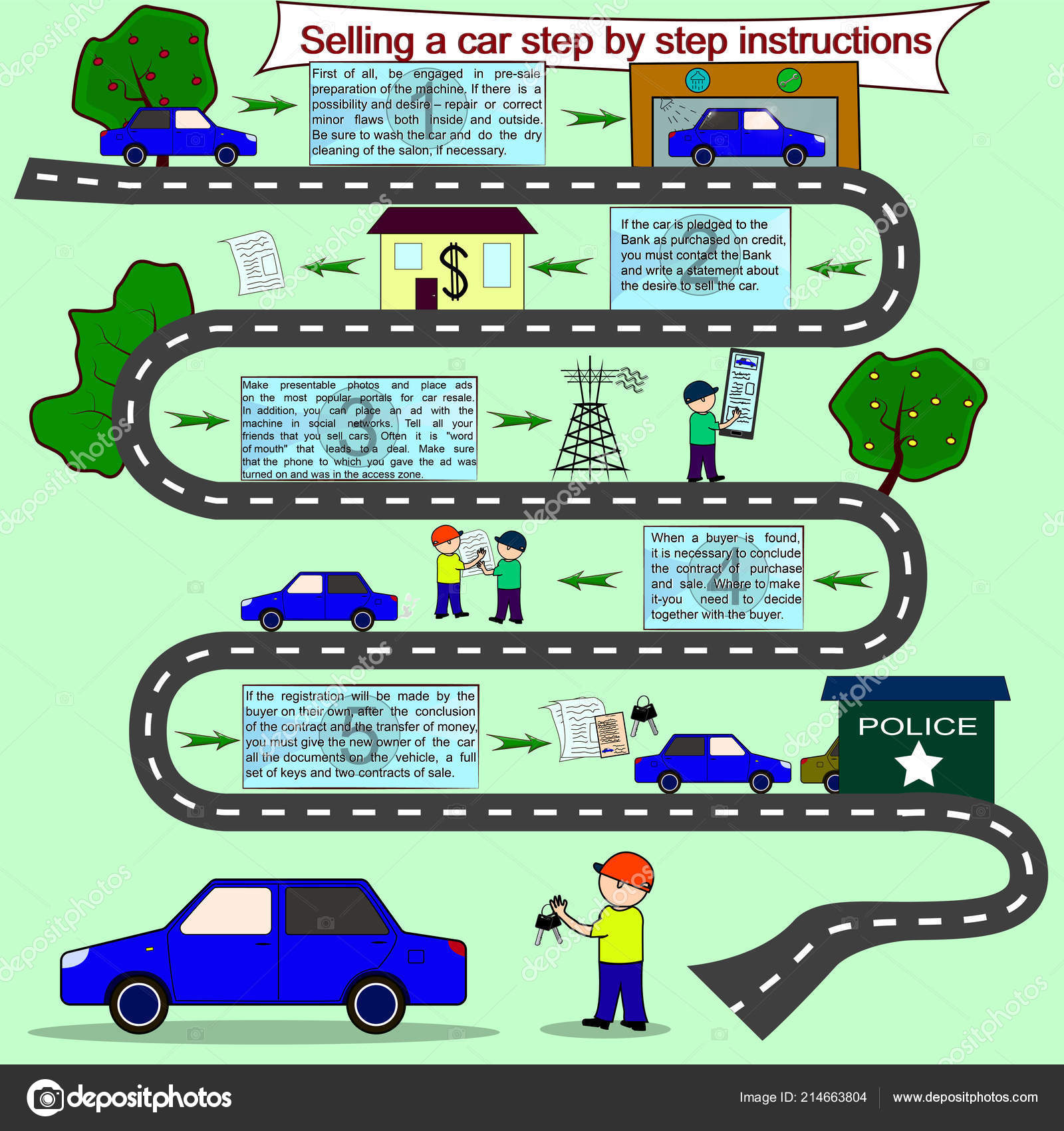Wondering Concerning The Significance Behind Those Dashboard Warning Lights? Gain Understandings Right Into Their Ramifications For Your Automobile'S Security And Upkeep
Wondering Concerning The Significance Behind Those Dashboard Warning Lights? Gain Understandings Right Into Their Ramifications For Your Automobile'S Security And Upkeep
Blog Article
Article By-Faulkner Torres
When you're behind the wheel, those glowing warning lights on your control panel can be a little bit puzzling. Do you recognize what they're attempting to inform you regarding your vehicle's health and wellness? Recognizing the significance of these lights is vital for your security and the durability of your car. So, the following time one of those lights pops up, wouldn't you want to decode its message accurately and take the necessary actions to address it?
Common Caution Lighting and Interpretations
Identify common warning lights in your vehicle and recognize their meanings to ensure safe driving.
The most normal warning lights include the check engine light, which signifies concerns with the engine or exhausts system. If this light begins, it's critical to have your vehicle inspected immediately.
The oil pressure alerting light indicates reduced oil stress, needing immediate interest to avoid engine damages.
A blinking battery light might suggest a faulty billing system, possibly leaving you stranded if not attended to.
The tire pressure monitoring system (TPMS) light informs you to reduced tire stress, impacting automobile security and fuel efficiency. Ignoring this can cause unsafe driving conditions.
The ABS light indicates a trouble with the anti-lock braking system, compromising your capacity to stop quickly in emergencies.
Last but not least, the coolant temperature level cautioning light warns of engine overheating, which can cause severe damages otherwise dealt with promptly.
Understanding these common warning lights will certainly aid you deal with problems without delay and keep secure driving conditions.
Value of Prompt Interest
Recognizing the typical caution lights in your auto is just the primary step; the importance of immediately resolving these cautions can not be emphasized enough to ensure your safety when traveling.
When https://brake-places-near-me17384.ttblogs.com/11708300/eco-friendly-cars-and-truck-explaining-products-you-must-attempt illuminates on your control panel, it's your vehicle's way of interacting a possible concern that requires attention. Neglecting these cautions can result in more serious issues later on, jeopardizing your security and possibly costing you more in repairs.
Prompt interest to warning lights can prevent failures and crashes. As an example, a blinking check engine light can suggest a misfire that, if left neglected, might trigger damage to the catalytic converter. Resolving this without delay can conserve you from a costly fixing.
Likewise, a brake system warning light might indicate low brake fluid or worn brake pads, important parts for your safety when driving.
DIY Troubleshooting Tips
If you discover a caution light on your dashboard, there are a couple of DIY repairing ideas you can try before looking for professional assistance.
https://laist.com/news/transportation/going-electric-california-car-mandate-would-hit-mechanics-hard is to consult your auto's guidebook to recognize what the specific caution light indicates. In some cases the issue can be as straightforward as a loosened gas cap activating the check engine light. Tightening up the gas cap might resolve the issue.
Another typical problem is a low battery, which can cause various advising lights. Inspecting https://oil-change-near-me07394.onzeblog.com/32116761/mobile-car-outlining-comfort-satisfies-high-quality-for-your-automobile for rust and ensuring they're safe and secure may repair the issue.
If a warning light persists, you can try resetting it by disconnecting the automobile's battery for a few minutes and after that reconnecting it. Furthermore, inspecting your automobile's fluid levels, such as oil, coolant, and brake fluid, can help fix cautioning lights associated with these systems.
Verdict
Finally, understanding your car's warning lights is necessary for keeping your car running smoothly and securely. By immediately addressing these alerts and understanding what they imply, you can prevent expensive repair services and potential break downs.
Remember to consult your cars and truck's handbook for specific details on each alerting light and act accordingly to ensure a hassle-free driving experience.
Stay notified, remain risk-free on the road!
